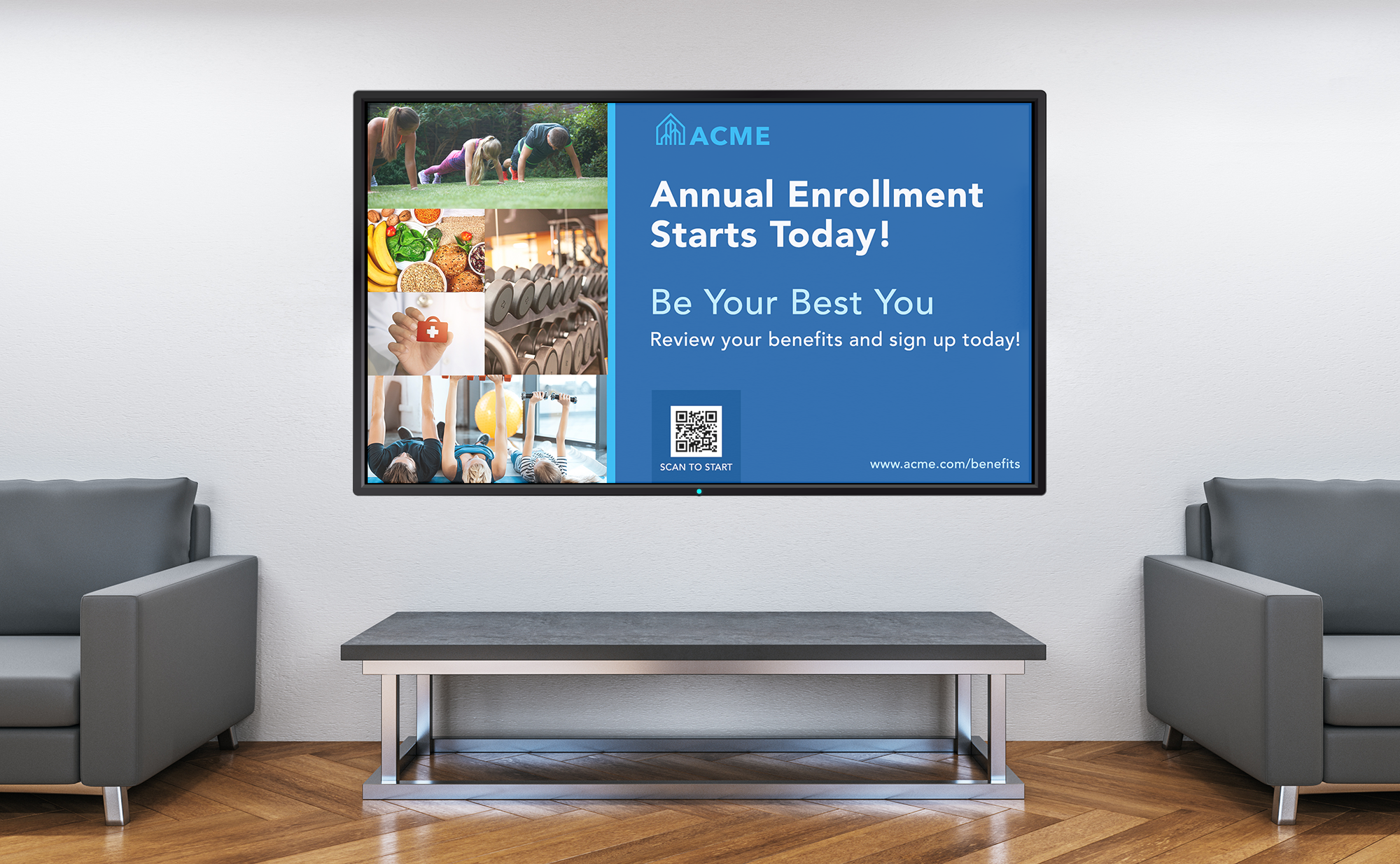We’ve barely begun 2024 and there’s no shortage of ways to improve business. “The Top 10 ’24 Trends That Will…” “How X will Change Y in ’24…” “22 Ways You Can Transform Your Company in ’24…” Given all that, one defining need stands at the center of almost any good you do for your organization. That is communication, and the base definition of that is organizational communications: how you interact and connect with your key audiences: customers, suppliers, and — truly at the heart of it all — your employees.
How does it happen? You know the channels: email, newsletters, mobile apps, your intranet, the live and Zoom town halls. But it’s how you use those channels — how you choose to engage in targeted and personalized ways — that ultimately makes a critical difference. Are you connecting with your workforce in relevant ways? Or is all that mass communication effort getting lost in the channels?
Why is it important? There are so many ways effective organizational communication translates into the success of your organization. This is your opportunity to:
- Encourage employees share of voice: increasing their satisfaction with you as employer
- Align on company vision: promoting shared values and loyalty
- Drive higher engagement: keeping employees informed at all times
- Improve productivity: eliminating time wasted on information searches or irrelevant content
- Create a positive employee engagement experience: increasing morale, satisfaction and engagement.
Let’s look at the key priorities your organizational communications should focus on for success in the year ahead.
Remote & Hybrid Employee Communication Strategy

The days of “Management expects you at your office desk from 9 to 5!” are so 2019. As of September 2021, 4.7 million of full time US employees were working remotely all or part of the time. This dispersed workforce is still more than capable of productivity — even in some cases outperforming accomplishments prior to the pandemic. But it is an employee communication strategy that bridges the gap, helping everyone remain aware of the challenges — and take advantage of the opportunities for these employees and what they represent to your overall organization.
Employee communication should be in the corner of every team member in your charge, to help them feel assured of three critical needs: 1) What is expected of them; 2) When things are due; 3) How what they’re working on fits into the work of the rest of the team. Ensuring these are top of mind is even more critical when it comes to those workers not on-premise. While this sounds obvious, many managers don’t provide clear deadlines or insight into the bigger picture. Now complicate this with the specifics of remote workers.

These employees face the challenge of being considered somehow “less than.” Even now, remote workers get lower ratings and fewer promotions. They are at risk of being separated from the company culture: tough to establish in-office, where 60% of employees cannot fully agree on what their company stands for; even more difficult to convey at a distance, where remote workers are less likely to see their connection to the mission of the company. And lacking seamless connectivity — as in a meeting without equitable videoconferencing screens and software — there can often be deficits in collaboration, and knowledge gaps.
When teams aren’t physically together, it’s easy for individuals to succumb to a “void of information” and make up their own stories. An effective employee communication platform is key to managing remote, hybrid and onsite teams as one workforce. From performance management to personalized messaging, centralized content management and behavior-based publishing provides the consistency of full team visibility into everyone’s contributions, from individual tasks to the overall group. Striking this balance means everyone aligns on the company’s goals and a greater sense of ownership in their work.
Extend your Contact Center Internal Communication with a Desktop App
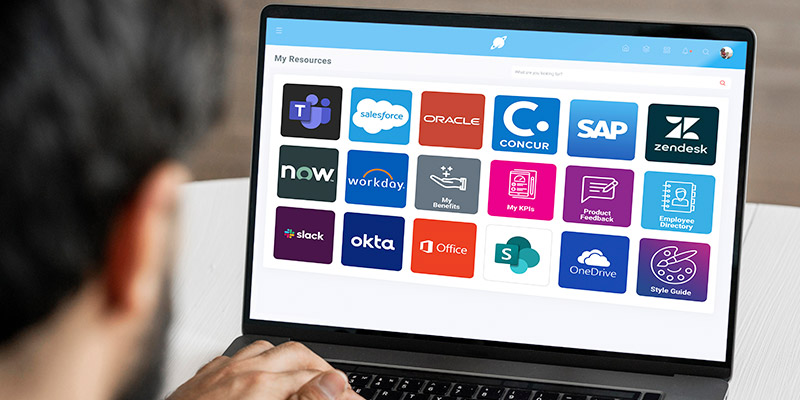
If your business depends on or provides contact center services, it’s time to challenge your software to move beyond the wallboard and onto the desktop screens. Your workplace communication platform is there for more than a call assist. It can record, analyze and report on metrics at both a team and individual level — and display those to specific agent dashboards on their specific desktop screen. By having access to real-time KPIs such as average call length, idle time, utilization rates and customer queue time, agents can be made to feel more supported and motivated — even competitive.
In similar fashion, a desktop app dashboard empowers supervisors to be able to review performance from anywhere — and anywhere agents are as well, from on premise to remote. This encourages real-time responses and support, and allows supervisors to communicate feedback that is much more immediate and personalized.
A Modern Intranet is Internal And External Communication
No doubt your organization has an intranet. And hopefully you’ve taken advantage of your workplace experience solution to modernize your intranet into a network that employees enjoy using to communicate and collaborate. A well-designed, modern intranet overcomes the stigmas of old to function as a robust tool that makes it easier for your internal people to do their jobs. The modern intranet streamlines the process of accessing the different information and applications that your people need and use in a typical workday. Your intranet centralizes all that in one location, making it up to date and convenient.
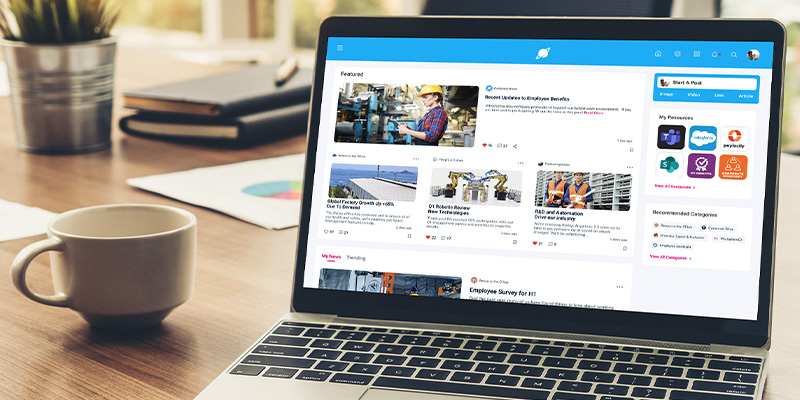
So, what’s an extranet? This is also a private network, but it allows access to authorized users from outside your company. Clients, vendors or suppliers who need to communicate with your employees or require limited access to necessary documents and data will be able to do both through their authorized extranet login. This may reduce the need for calls, emails or meetings, making work more flexible and efficient. It can also increase a sense of customer and partner loyalty, by providing insights and access that support real-time benefits and more cross-collaboration.
Both are information hubs, with the core difference being accessibility. The intranet (with its benefits of engagement, productivity, and collaboration) is private and only accessible to members of your company. The extranet (with its benefits of collaboration, security, and relationship building) is like your intranet in terms of content, but with limited accessibility and only to authorized third parties. With so many similarities, why maintain two separate entities? Your workplace communication platform can manage content, extending your intranet benefits to your external partners while maintaining security and control over who has access to any sensitive information.
Be Secure in Your Security SSO
Sometimes good operational communications comes down to “The less said, the better.” Not always — but perhaps in the case of your Security Single Sign On (SSO).
As you add more apps and features to support your employees, separate usernames and passwords for each would be a huge burden — and cognitive overload. SSO solves for that. Like a digital ID card, the various apps can look at a single SSO for identify verification. Your workforce benefits from:
- Convenience: one set of login details.
- Transparency: employees know what’s being shared.
- Speed: no lengthy sign-up and reauthorizations
Meanwhile, your business benefits by way of sheer efficiency. SSO translates into streamlined access to applications and other resources while minimizing IT support calls. (“What’s my password to App X?”) When you consider that 68% of employees switch between 10 apps every hour, eliminating multiple logins is an incredible savings in money and time — factors which can be channeled back into overall productivity.
Get Apps & Data from Anywhere

With a workforce that is geographically diverse, it’s more important than ever that each and every employee can access apps and data from any device for a high-quality experience — no matter where an individual is working from. From core business applications, to work files and data, to communication tools for video and collaboration, your digital workspace needs to provide anywhere, anytime access.
Your workplace experience platform is the central communication hub for this ability as well. Connected via SSO, your employees can use a web portal or company mobile app to access important data whether traveling — or simply working remotely. A streamlined connection to your company’s tools and assets helps to ensure the continuity that business moves forward as expected.
Learn from Organizational Communications with Analytics
Ignore the untapped potential of email — and you make it easy for your employees to ignore your emails. No one wants (or needs) irrelevant communication broadcast to an overflowing inbox. But with analytics, you can understand how your workforce is reacting to your message — and tailor follow-ups to become even more relevant. Use your workplace communication platform to take advantage of understanding that includes:
- How many employees open your emails — and at what time?
- How many click your links?
- Which links get the most clicks?
These criteria and similar will help you arrive at why certain messages have higher open and engagement rates than others; help you to segment your employee audience further by geography, demographic, role and behavior; and set up automated delivery that aligns for the most engagement and impact. The result will be more personalized and more targeted communications: the right message to the right employee at the right time.
Finding Your Way with Wayfinding
Digital signage represents many opportunities to communicate with your employees, but wayfinding can be especially powerful for its ability to get individuals where they need to be — and for the communication connections it can make along the way. An MIT study shows that face-to-face socialization and a high frequency of communication among team members plays a large role in productivity. It stands to reason, then, that offices that use wayfinding to facilitate easier opportunities to come together will create higher performing teams that deliver better business results.
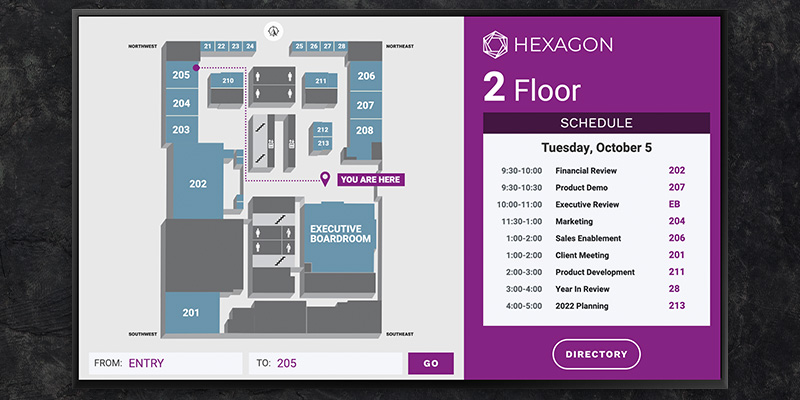
With wayfinding capabilities by way of your workforce communications platform, your wall monitors and kiosks can show the way to seat assignments for hot desking, and visual mapping to any location, person or meeting space. Pair your wayfinding with a smart reservation system for intelligent room booking that finds available space and keeps all meeting attendees up-to-date on any changes. Connect your wayfinding to the cloud for mobile access that puts on-the-go mapping in the hands of your on-the-move employees.
With wayfinding support, no office or campus is “too big.” By providing clear lines of sight and information about where any employee or visitor is going, wayfinding helps to reduce decision fatigue and gives your team extra time and energy to devote to more productive tasks. Whether it’s point-to-point routing, maps, floor plans, or directory integration, wayfinding enables workers to locate the spaces and people they need to succeed in the workplace.
Celebrate 2022 with Organizational Communication
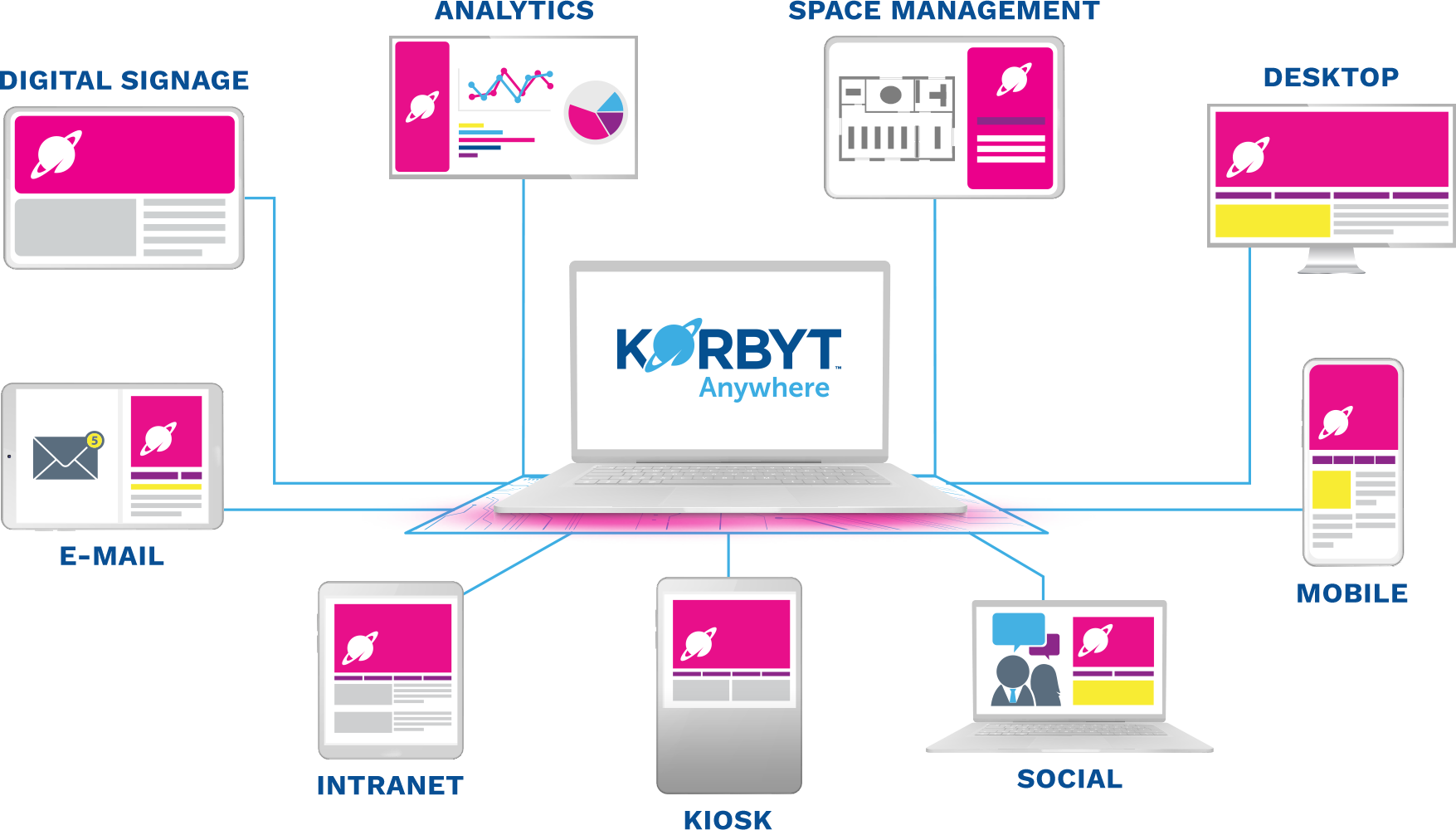
Misinformation, attrition, a slowdown in productivity — all of these and worse are waiting when a lack of information confuses and worries your employees. 2022 is an opportunity to focus instead on the positive. Whether it’s bringing the proper focus to remote and hybrid employees, or implementing an intranet-as-extranet; or learning from email analytics, or creating new employee journeys with wayfinding — bear these workplace communication strategies in mind to help you excel:
- Instant access to information. Today’s employees expect information to be easy to find — or even have it find them.
- Effective content distribution. Rather than dividing internal communications and external communications, adopt a holistic approach that delivers the right materials to an audience based on the needs.
- Mobile first. It should come as no surprise that most employees consume their overall content via mobile devices and apps — so to get them to engage with your content means adapting to their consumption habits.
- Personalized communications. Instead of pushing standardized and possibly irrelevant messages to every employee, support and inspire the individual with a refocus on the right content to the right employee.
- Visual storytelling. Transform your internal messages by elevating the same content types that are proven to drive the most engagement on social media: videos, infographics, and pictures.
Clear information and high employee engagement are central to internal communication best practices — no matter the year. Prioritize these in creating your organizational communications and you will create a more efficient, productive workplace and employee experience.





